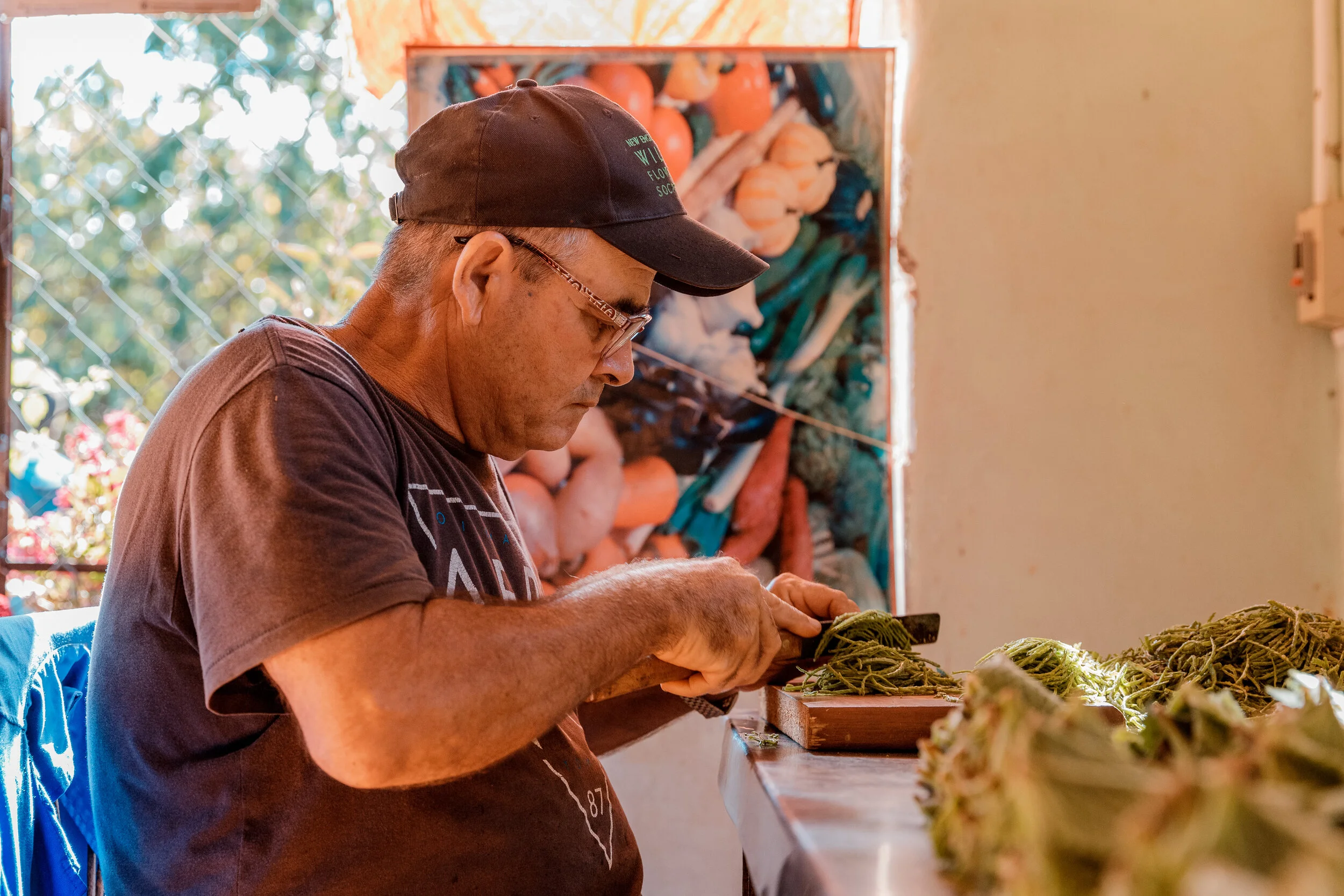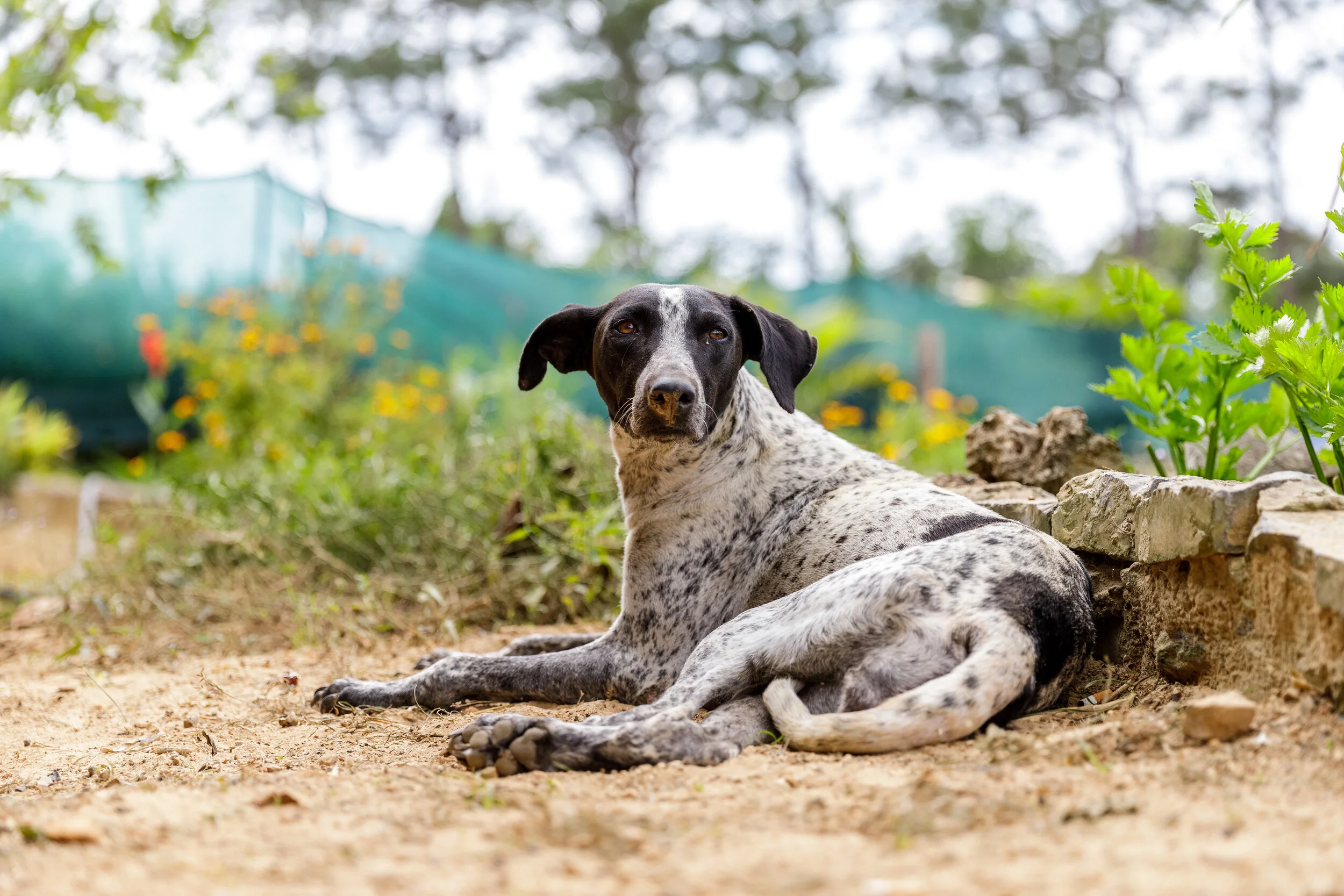
Exploring Cuba
The following text is from the foreword of my first photobook, Exploring Cuba.
Foreword
As a geographer, I went to Cuba with a set of questions in mind: What gives us a sense of place? What kind of place is Cuba, and what is a Cuban’s sense of place like? How can I capture this sense of place and share it with others? I felt that it was particularly important to address this last question—Cuba is a place that not many people know about, and even fewer get to visit within their lifetime. Furthermore, Cuba is a nation that has a history of being isolated from the outside world; this is particularly true for its time spent under the American embargo. Because of this, I felt it was my responsibility to capture Cuba and bring to light the aspects of its society that never get shared with the world. Thus, I captured Cuba through my photography on the trip. The purpose of this collection is to bring my audience with me to Cuba. When people go through my photos from Cuba, I want them to feel as if they are in the place they were taken; by taking people to these places, I hope to give them a greater understanding of the sense of place in Cuba. I made sure to capture everything that I could: people, landscapes, cityscapes, the sea, wildlife, stray cats and dogs, monuments, performances, activities, art, and even agriculture. Every shot works to inform the other, allowing viewers to piece together and understand Cuban society through the sum of its parts.
When I returned from Cuba, I found myself unable to stay silent about what I had learned throughout my time there. I would spend hours at coffee shops with friends showing them my pictures while discussing the stories, history, and the implications behind them. I realized that I had a mission. I wanted to show people that Cuba was not everything they thought it was—I found that if people knew anything at all about the country, they tended to associate Cuba with things like communism, the Cuban Missile Crisis, the Spanish-American War, 1950s cars, colorful buildings, cigars, sugar, and rum. While all of these things are quintessentially Cuban, I found them to be surface-level aspects of a much deeper history and rich culture.
That is why I decided to publish this book—my first photo book. It is impossible for me to share everything here, but I would not want to, even if I could. I consider this work to be a culmination of my most important thoughts on what I have learned about and experienced in Cuba—I am providing readers with context and information, hoping that they will draw their own conclusions based on the information I present here, and maybe even become inspired to learn more about Cuba through their own research. I do not want to claim that my brief experience as an American student in Cuba is in any way the definitive experience of Cuba, or what it means to be Cuban. It is my goal for the reader to hold in their imagination what that experience may be like as they view these images.
About the Trip
In the spring of 2019, I had the rare opportunity to travel to Cuba on an educational trip with the Illinois State University Honors Program. Our trip lasted about ten days, and during this time, we learned and observed the many facets of Cuban society through a variety of trips and lectures; by the end of the trip, we had learned about a myriad of topics including national history, literature, economy, health care, agriculture, race, philosophy, religion (particularly Cuban Santería), education, art, and culture. Even though the trip only lasted ten days, the sheer amount of new information and experiences made it feel much longer. We spent most of our time in Havana, and the last two days consisted of day trips to Viñales and Matanzas. Throughout our trip we stayed with host families, which with whom we became quite close to. During our free time, we pretty much had free reign of the city—our professor was worried that we would be timid and stay in during our free time, but the opposite ended up being true... She actually had to ask our host families where we were half the time! We became familiar with our locale and how to navigate the city very quickly.
I also made sure to take scrupulous notes on everything. By the time I got around to typing up all of my notes from the trip, I had around twenty pages worth of observations, education, and events written down. I continued to add to these in the days following my return home as I remembered things here and there. My exploration of Cuba did not end with my return back home; in fact, I was inspired to continue learning more. One of the topics I found fascinating during my stay was their unique agricultural system; I ended up writing a research paper on the subject, which I have also included at the end of this book. This paper provides great insight into some of the history of Cuba and why the country finds itself in the position it is in today.
Throughout the trip, I carried both my film and digital cameras with me as much as possible. Being there was a photographer’s dream—I had no lack of subjects to focus my lens on. There was such a rich variety of content that many of the photos in this book were taken within minutes, even seconds, of each other. I still wanted to make sure that I absorbed my surroundings though, so I had periods where I also left my cameras behind. Sure, there were plenty of images I wish I had taken when my cameras were not with me, but then I may not have appreciated those moments in the same way. In all, I took nearly three thousand photos throughout that ten-day period, which I have narrowed down to just shy of two hundred in this book.
On Taking Photos of People
I get a lot of questions regarding how I went about taking so many pictures of people during my time in Cuba. For a good portion of the photos, I asked most of the subjects if I could take their photo—“¿Podría tomar su foto?” This was about the only Spanish phrase I was able to remember, as I used it more than any other. Whenever I did not explicitly ask someone for a photo, the consent was usually implied. When people saw my camera pointed at them, they would usually acknowledge me and seemingly not care, or they would pose for me. Others even approached me to take a photo of them.
Some of the photos threw all these notions photographing people out the window. These are typically the shots of people going about their daily activities—sometimes, there are moments that require a quick snapshot without disturbing individuals as they were. The issue of consent to having one’s photo taken, especially in the case of street/documentary photography, is particularly nuanced. There are schools of thought that are unapologetic and assert that it is always acceptable to take someone’s photo (i.e., if you are in public, then you are consenting to have your image taken in that public space). On the other hand, some artists think it is only acceptable to take photos of people once you have been accepted into a community by its members. Personally, I tried to recognize my position as an outsider, while also remaining respectful to the culture I was visiting. My biggest concern was to make sure that when I took photos of people, I wasn’t taking anything from them. What I mean by this is that I am coming from a more privileged background as a white American, visiting a nation that is demographically considered ‘third world.’ I am coming from a country responsible for much of the hardship Cuba has faced in the last century—from America’s neocolonial policies in Cuba during the first half of the 20th century, to a decades-long embargo that is still in effect to this day. I have tried to remain aware and respectful of this reality in the creation of this book; I hope that by sharing my work, I can foster a greater understanding of Cuba among Americans and the rest of the world.






























































































































































